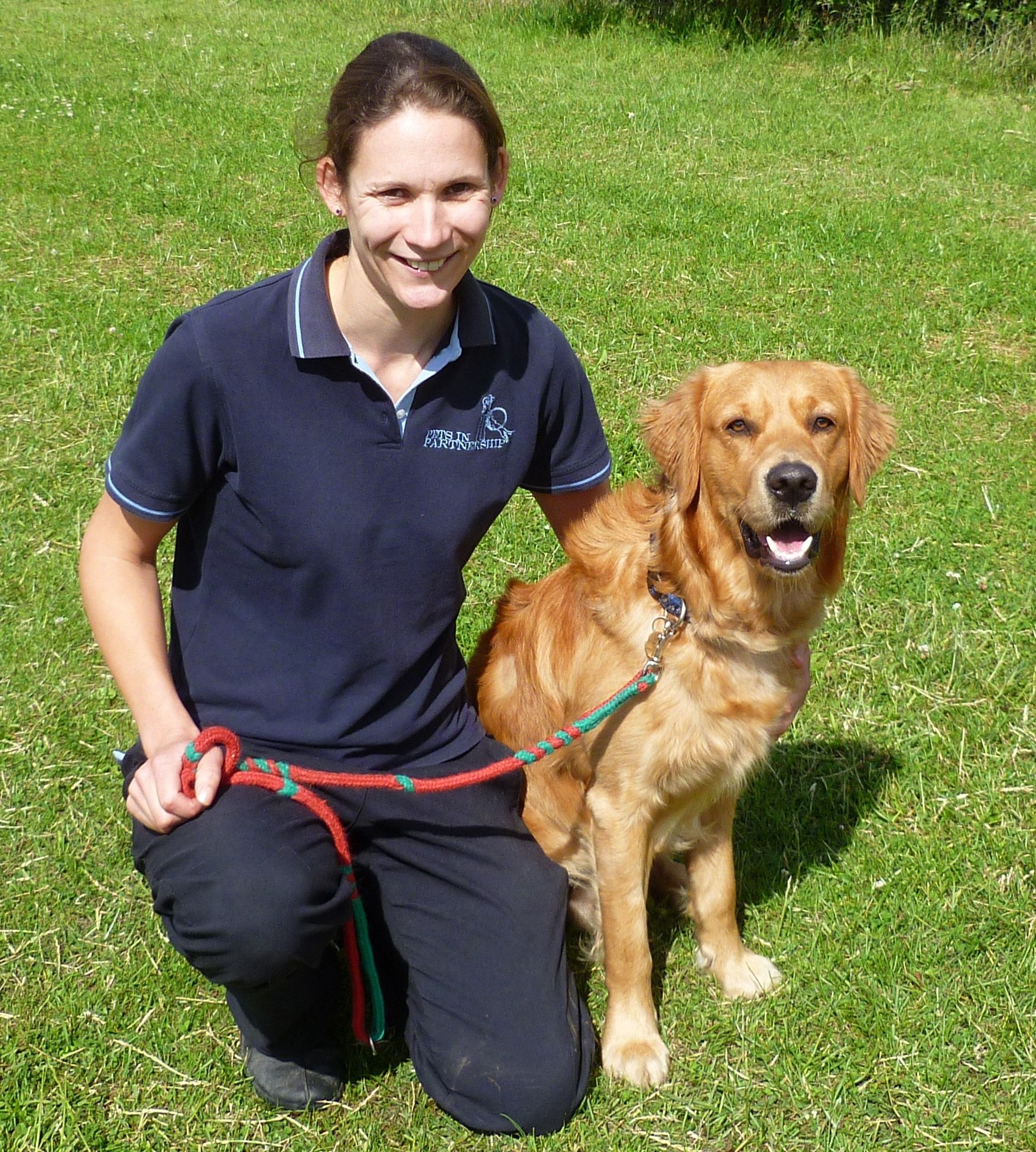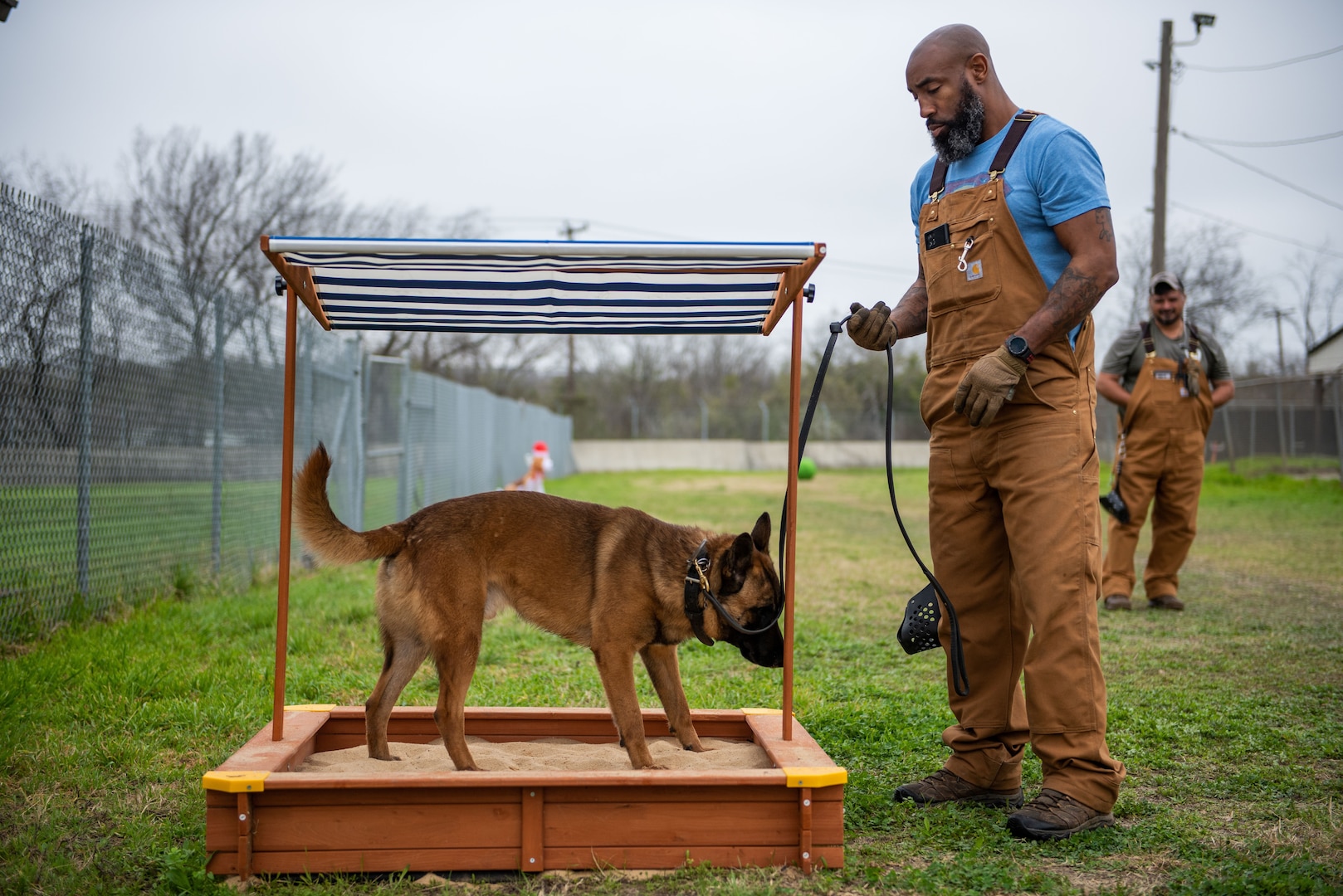Beginner's Overview to Successful Pet Training at Home
Efficiently educating a pet at home requires a nuanced understanding of canine actions and effective interaction strategies. Establishing clear training goals, utilizing top quality incentives, and maintaining uniformity throughout family members are crucial elements. Integrating training right into everyday routines can improve both involvement and retention. Lots of newbie fitness instructors experience obstacles that might hinder progression. To navigate these complexities successfully, it's necessary to discover several crucial elements that can change your method and lead to a harmonious partnership with your family pet. What fundamental concepts should every beginner grasp to make sure success?
Understanding Dog Actions
Comprehending pet dog behavior is crucial for efficient training and cultivating an unified partnership in between human beings and their canine friends. Pets connect largely with body movement, articulations, and faces, making it important for proprietors to translate these signals properly. Recognizing actions such as tail wagging, grumbling, or cowering can provide understandings into a canine's emotion and intentions.

Usual behavior issues, such as hostility, stress and anxiety, or excessive barking, commonly stem from misconceptions or unmet needs. Observing and dealing with these concerns quickly can stop rise and make certain a favorable training experience. By cultivating a deep understanding of pet behavior, owners can customize their training techniques to suit their canine companions, eventually causing a mannerly and satisfied animal.
Vital Educating Devices
A well-appointed training space can substantially boost the effectiveness of pet dog training at home. Essential training devices guarantee that both the dog and the fitness instructor can engage in productive sessions that cultivate learning and bonding.

Buying a sturdy leash and a comfy, well-fitting collar or harness is vital for safety and control. These devices help establish boundaries and make sure the dog continues to be secure during training. Additionally, an assigned training location, devoid of distractions, help concentration for both the trainer and the pet.
Educating aids such as training pads, cones, or dexterity equipment can additionally enhance the experience by presenting range and difficulties. Finally, having a notebook or digital app for tracking progress can be invaluable, allowing you to keep in mind successes and areas for improvement. Making use of these important tools will create a positive training atmosphere and lay the foundation for efficient learning.
Creating an Educating Regimen
Establishing a constant training regimen is essential for effective pet dog training in your home. A well-structured regular not only helps in strengthening wanted habits yet also provides your pet with a sense of protection and predictability. To create an effective training regular, start by recognizing particular training goals, such as standard commands, chain strolling, or housebreaking.
Pick an assigned time each day for training sessions, preferably when your pet is sharp and receptive. Procedure needs to be brief, approximately 5 to 15 minutes, to maintain focus and avoid tiredness. Consistency in timing and setting will certainly improve your pet's knowing experience.
Incorporate training into everyday tasks to reinforce abilities. Practice commands during strolls or nourishment, which incorporates discovering into natural regimens. Additionally, remain adaptable and adjust the regular as necessary, fitting your dog's power degrees and mood.
Positive Support Methods
Favorable reinforcement methods are basic to reliable dog training, advertising preferred actions via rewards instead of penalty. This technique utilizes positive stimuli, such as deals with, praise, or play, to motivate pets to duplicate specific activities. The foundation of this approach is timing; incentives need to be offered quickly complying with the desired behavior to develop a clear organization.
When applying favorable reinforcement, it is important to select rewards that are motivating for your canine. High-value deals with, such as tiny items of chicken or cheese, can be particularly effective during training sessions. In addition, differing the incentives can preserve your pet dog's rate of interest and enthusiasm.
Beginning with straightforward commands, like "sit" or "remain," and slowly progression to more intricate jobs. Consistency is key; make sure that all family members use the exact same commands and reward systems to prevent complication.
Moreover, it is vital to stay patient and avoid aggravation. Pets, like human beings, discover at their own rate. By cultivating a helpful training atmosphere via favorable reinforcement, you can boost your dog's learning experience while strengthening the bond between you and your fuzzy companion, laying the foundation for successful training end results.
Common Educating Difficulties
While educating a dog in your home can be a fulfilling experience, it usually comes with a set of usual obstacles that can evaluate both perseverance and uniformity. One prevalent issue is disturbance. Pets might end up imp source being conveniently sidetracked by noises, motions, or perhaps scents in their environment, making it challenging to keep their focus throughout training sessions.
An additional obstacle is inconsistency in commands and reinforcement. If member of the family make use of various signs or rewards, it can puzzle the dog and hinder development. Establishing a unified approach is crucial for reliable communication.
In addition, canines can experience irritation or tension, particularly if they do not understand what is anticipated of them. This can bring about unwanted behaviors, such as barking or eating.
Ultimately, the timing of support is essential (Dog training). Delayed benefits can lessen the effectiveness of favorable reinforcement, as canines may fail to connect the behavior with the benefit
Conquering these obstacles calls for dedication, clear interaction, and an organized training plan. Acknowledging and dealing with these usual obstacles will pave the means for a much more successful and enjoyable training experience in the house.
Conclusion
To conclude, effective canine training in the house necessitates an extensive understanding of canine actions and effective communication methods. By establishing clear training goals and using top notch treats along with favorable support, the training procedure ends up being extra rewarding for both the pet dog and the instructor. Persistence, versatility, and consistency are essential components that promote understanding. Inevitably, incorporating training right into day-to-day regimens boosts the bond in between dog and proprietor, making the experience both satisfying and productive.
Establishing a constant training routine is vital for effective canine training at home.Positive reinforcement strategies are fundamental to efficient pet dog training, promoting desired behaviors through rewards instead than penalty (Dog training). By cultivating an encouraging training atmosphere with favorable support, helpful resources you can enhance your canine's understanding experience while reinforcing the bond in between you and your fuzzy companion, laying the groundwork for effective training results
In conclusion, successful canine training at home requires a thorough understanding of canine actions and effective communication methods. her comment is here By developing clear training goals and making use of premium deals with along with favorable support, the training procedure ends up being much more rewarding for both the canine and the fitness instructor.